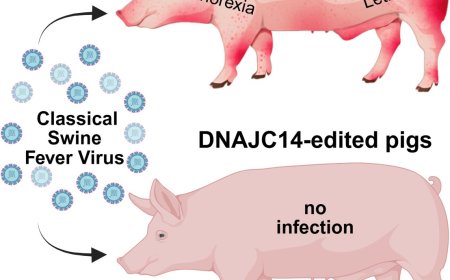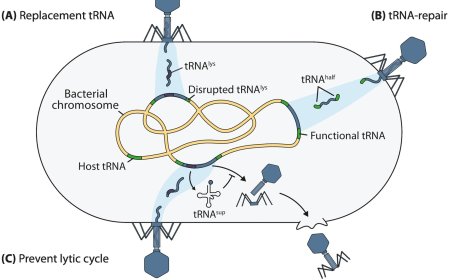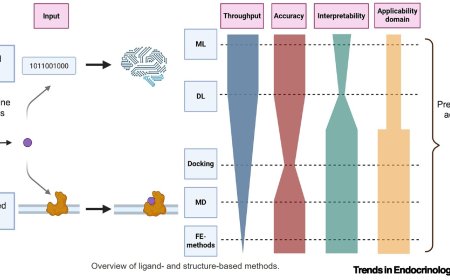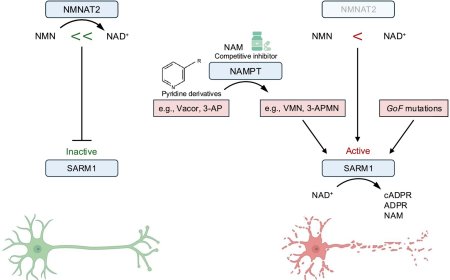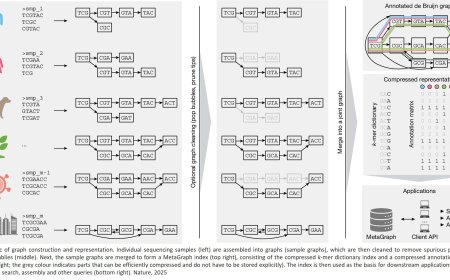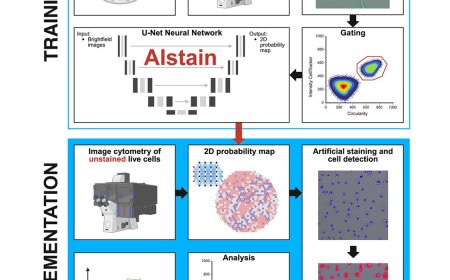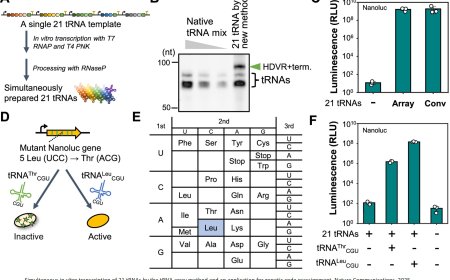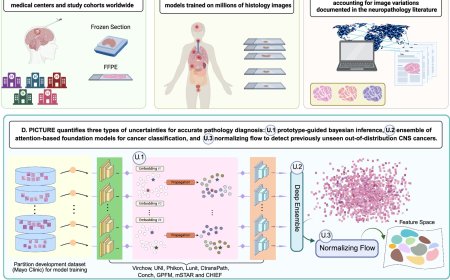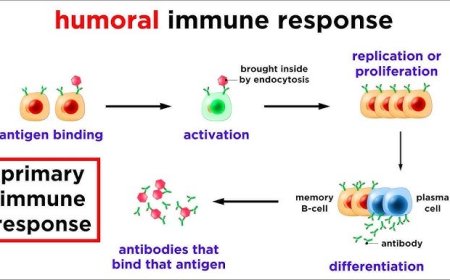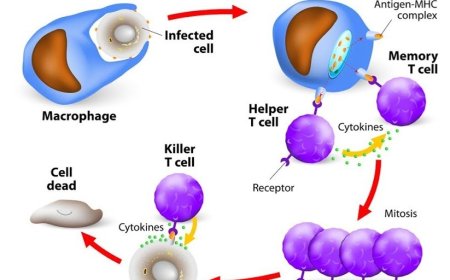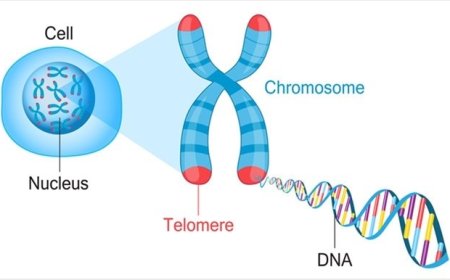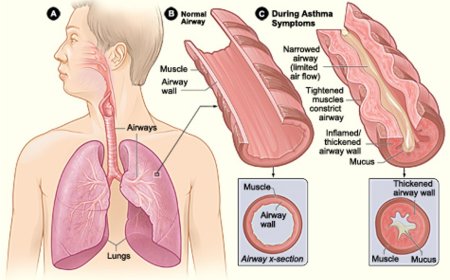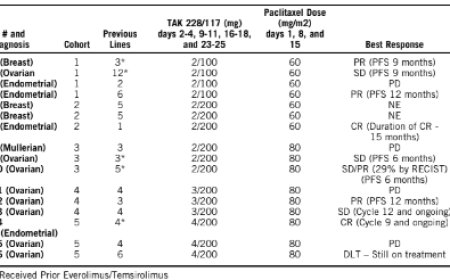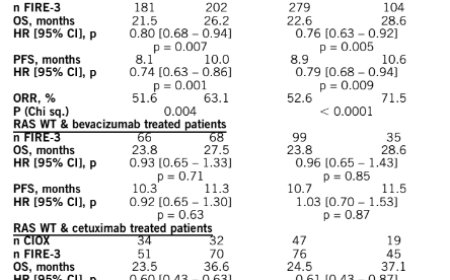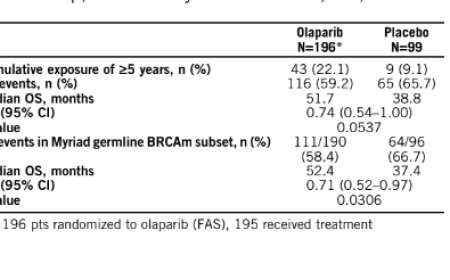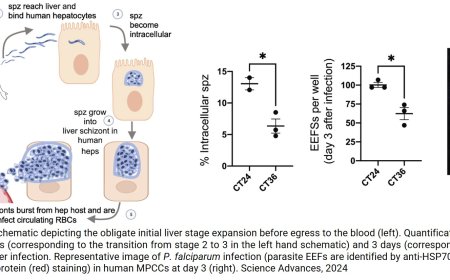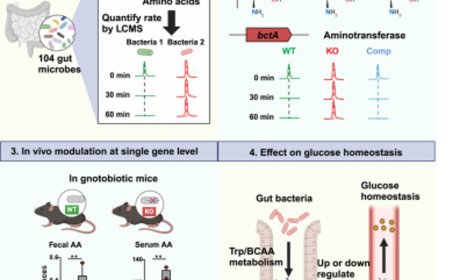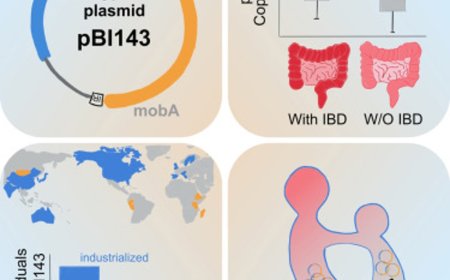Combination antiretroviral therapy!
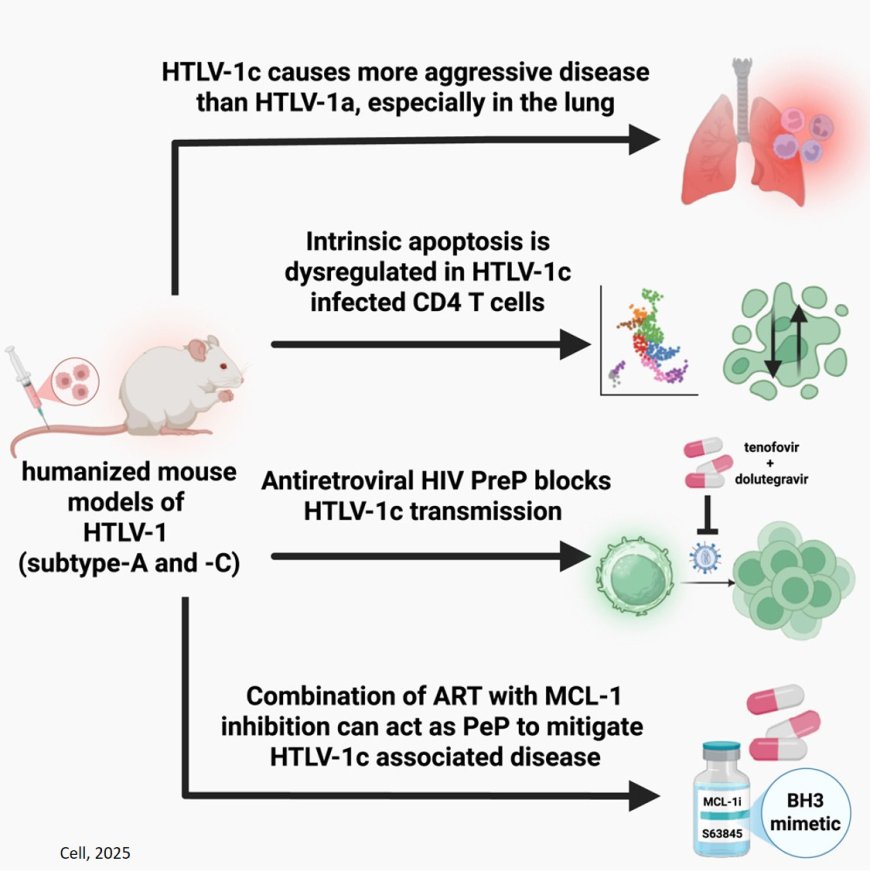
Around 10 million people globally live with the life-threatening virus HTLV-1. Yet it remains a poorly understood disease that currently has no preventative treatments and no cure.
But a landmark study could change this, after finding existing HIV drugs can suppress transmission of the HTLV-1 virus in mice.
The study, published in Cell, could lead to the first treatments to prevent the spread of this virus that is endemic among many First Nations communities around the world, including in Central Australia.
The research also identifies a new drug target that could lead to the elimination of HTLV-1 positive cells from those with an established infection, and prevent disease progression.
Human T-cell leukaemia virus type 1 (HTLV-1) is a virus that infects the same cell type as HIV – T cells, a type of blood immune cell that helps the body fight off infections.
A small proportion of people infected with HTLV-1 after a long duration of infection develop serious diseases, such as adult T-cell leukemia and spinal cord inflammation.
Co-lead author said the promising results of the new study could help find a desperately needed treatment and prevention strategy for one of the most neglected viruses in the world.
In a research effort spanning 10 years, the collaborative team isolated the virus and developed a world-first humanised mouse model for HTLV-1 that enabled them to study how the virus behaves in a living organism with a human-like immune system.
The mice were transplanted with human immune cells that are susceptible to HTLV-1 infections, including with Australia’s genetically novel HTLV-1 strain. International and Australian strains equally caused leukaemia and inflammatory lung disease in these human immune system mice.
The mice were then treated with tenofovir and dolutegravir – two antiviral therapies currently approved to silence HIV and prevent AIDS. The team discovered both drugs could also powerfully suppress HTLV-1.
“What’s most exciting is that these antivirals are already in use for millions of HIV patients, meaning there’s a direct path for the clinical translation of our findings,” the author said.
“We won’t have to start from scratch because we already know these drugs are safe and effective. And now we’ve shown that their use can very likely be extended to HTLV-1.”
In another remarkable finding, the team discovered that human cells containing HTLV-1 could be selectively killed when mice were treated with HIV drugs in combination with another therapy inhibiting a protein (MCL-1) known to help rogue cells stay alive.
The team is now leveraging precision RNA therapies to develop new ways to target MCL-1 and establish combination treatments that can be clinically tested, which they believe could offer a promising curative strategy for HTLV-1.
The new findings show that both HTLV-1 strains cause disease in mice, with HTLV-1c showing more aggressive features. The identified drug therapies were found to be equally effective against both strains.
“There is a real opportunity to prevent the transmission of HTLV-1 and end the diseases caused by these infections. Our research findings are a major leap forward in this.”
The research team is currently in talks with the companies behind the HIV antivirals used in this study, to see if HTLV-1 patients can be included in their ongoing clinical trials. If successful, this would pave the way for these drugs to become the first approved pre-exposure prophylaxis against HTLV-1 acquisition.
https://www.cell.com/cell/fulltext/S0092-8674(25)00689-0
https://sciencemission.com/Combination-antiretroviral-therapy
